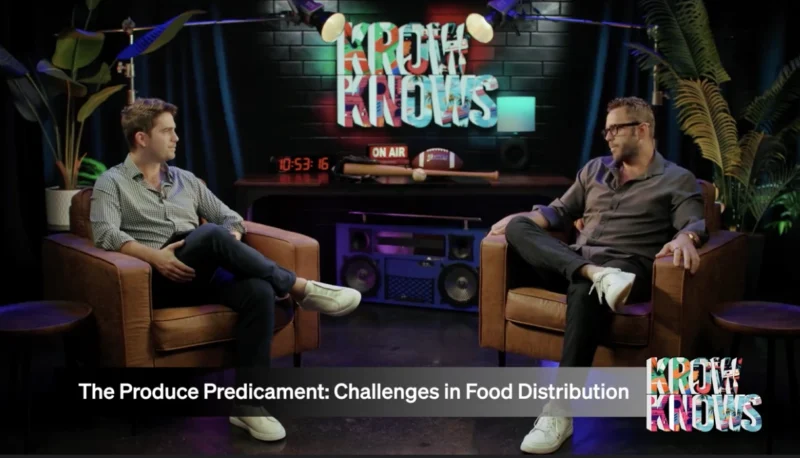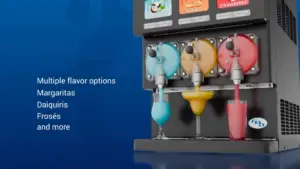FBD’s 372 Dispenser Revolutionizes Frozen Beverage Experience with Extraordinary Flavor in a Compact Design
FBD’s introduction of the FBD’s 372 dispenser has transformed the frozen beverage experience. This compact and innovative dispenser delivers exceptional flavor despite its small size, catering to establishments with limited space and consistent foot traffic. The dispenser features a customizable touchscreen, allowing users to create their perfect drink from a selection of up to sixteen combinations. With inline carbonation and Opti Freeze technology, the FBD’s 372 ensures precise drink profiles and maintains consistent product quality.
In terms of efficiency, the FBD’s 372 sets new benchmarks with its rapid freeze technology and impressive capacity of 1,800 ounces per hour. With a quick recovery time of just seven minutes, it can serve up to 112 sixteen-ounce cups per hour. The dispenser’s durability, low maintenance costs, and average lifespan of over seven years make it a cost-effective investment for businesses.
Furthermore, the FBD’s 372 offers exciting profitability prospects. Its frozen beverages generate higher profit margins compared to canned or fountain drinks, with the potential to achieve up to seventy percent gross profits. With its impressive features and potential for financial success, the FBD’s 372 is revolutionizing the frozen beverage industry.








